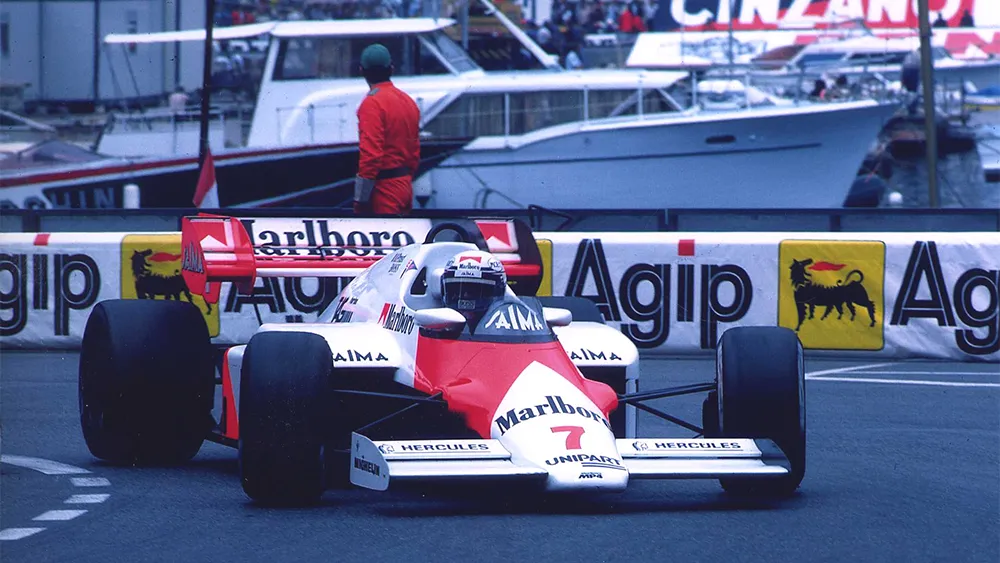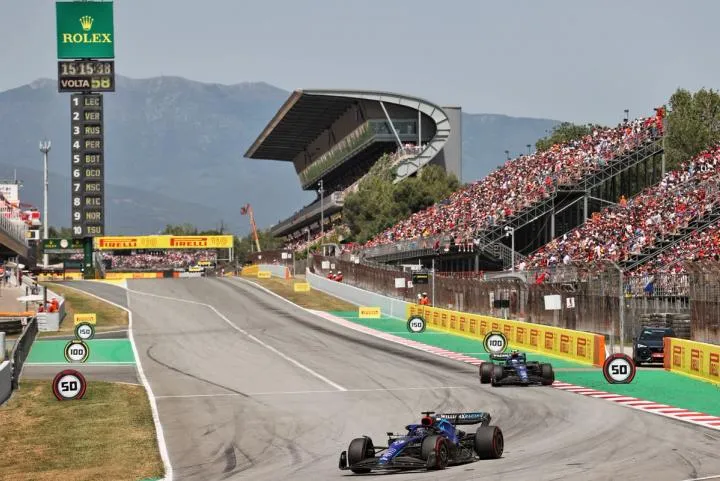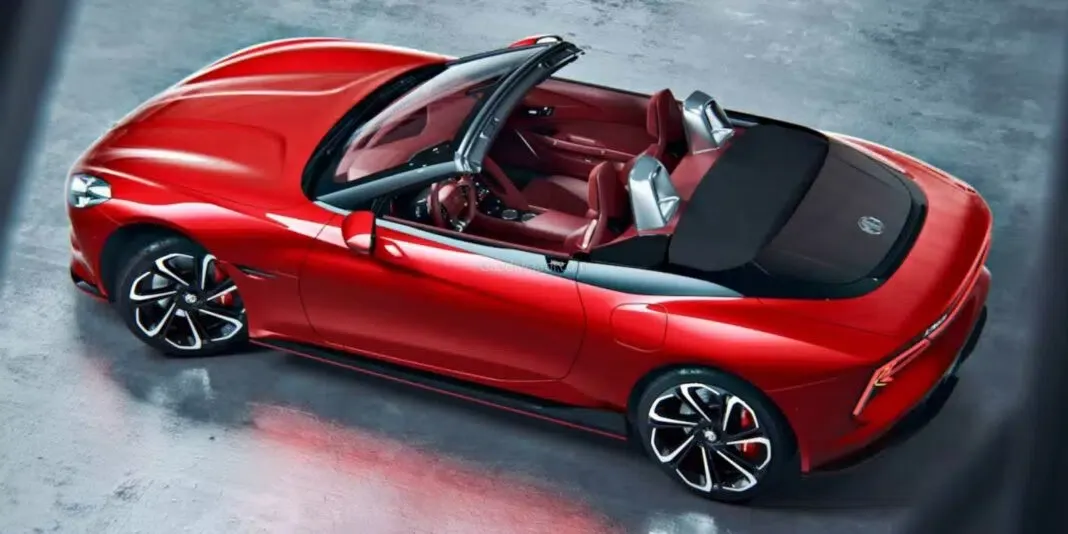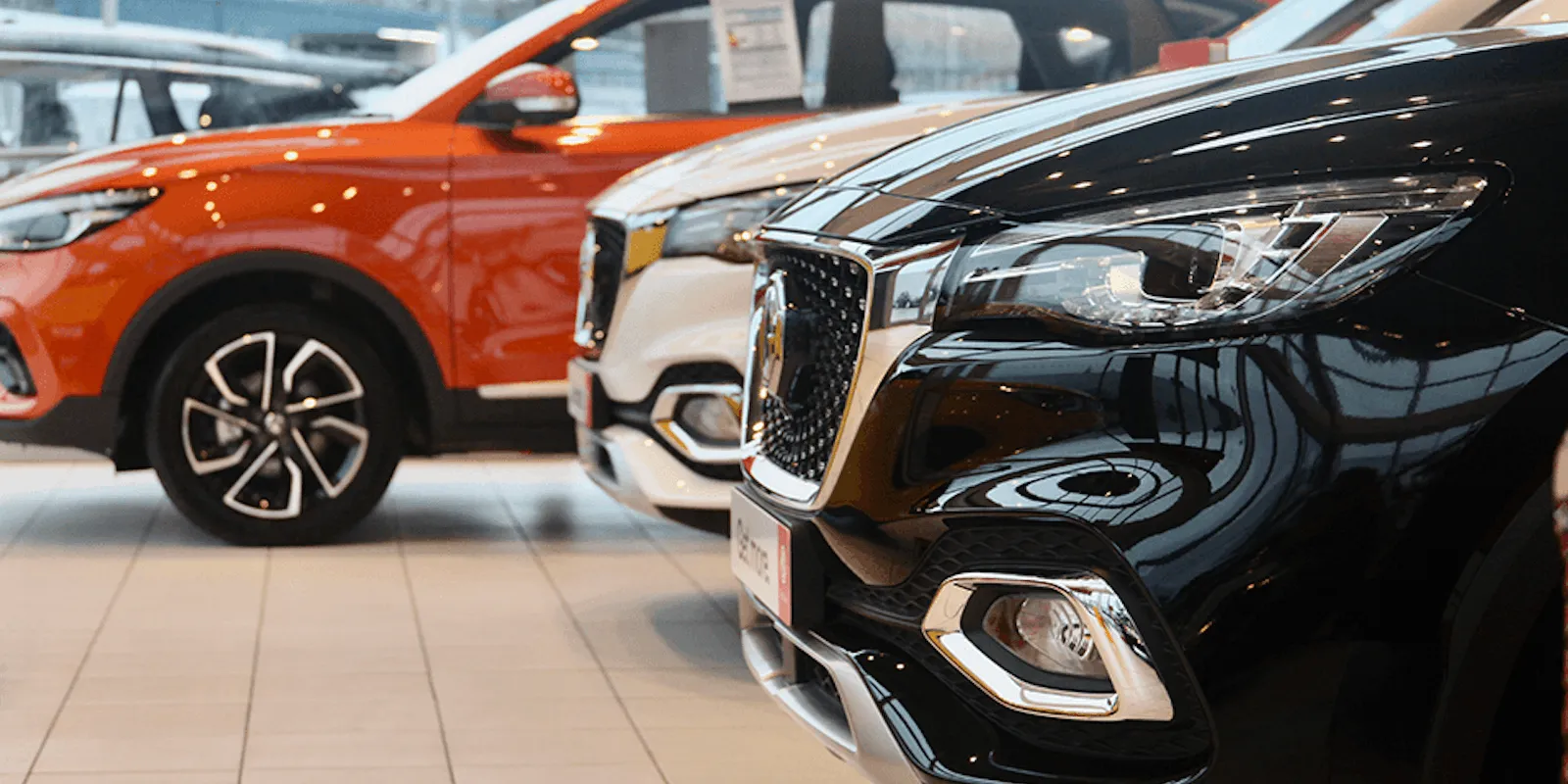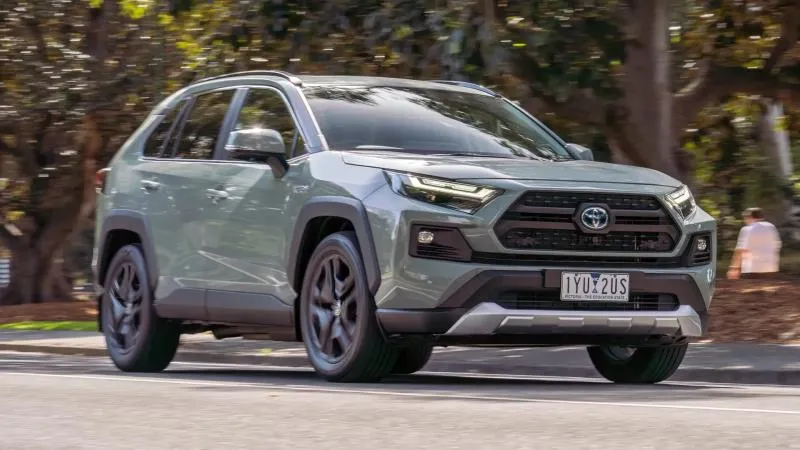Equation 1 is the apex of motorsport building, where each group fights for amazingness not fair on the track, but too in the carport. With the 2025 season well underway, fans and investigators alike are scrutinizing each millisecond of execution. In this comprehensive direct, we display a comparison of Formula 1 cars by team, highlighting their specialized headways, execution measurements, and interesting characteristics.
1. Ruddy Bull Hustling – The Benchmark of Efficiency
Red Bull proceeds to be the group to beat in 2025. Their RB21 car combines high-downforce optimal design with uncommon straight-line speed. Max Verstappen and Sergio Pérez have lauded the car’s adjust and its consistent integration of control and grip.
- Chassis: Lightweight carbon composite with tall torsional rigidity
- Power Unit: Honda-powered motor conveying great fuel efficiency
- Strengths: Prevalent tire administration, optimized DRS framework, progressed suspension geometry
- Weaknesses: Slight affectability to crosswinds on high-speed circuits
Technical Center: Streamlined features and rear-end soundness are Ruddy Bull’s key designing needs this season.
2. Mercedes-AMG Petronas – Doing combating Back with Innovation
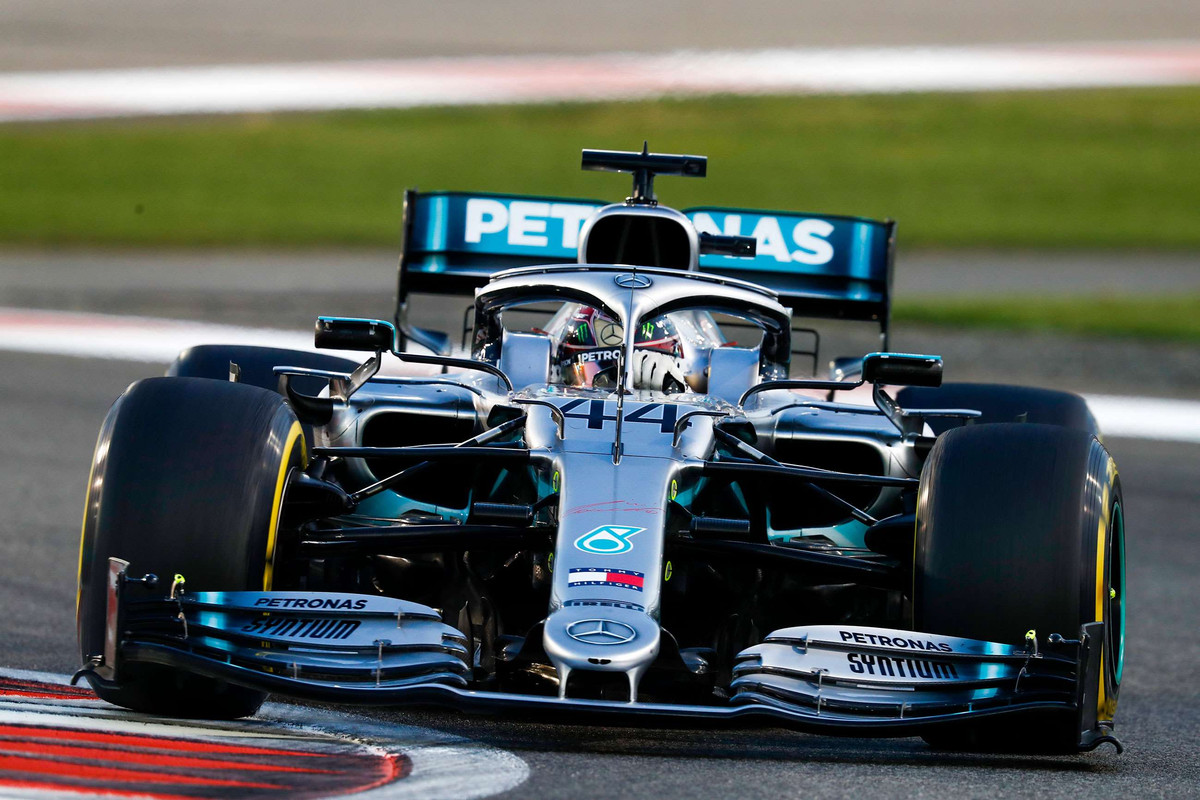
Mercedes has unquestionably recovered in 2025 after honing its 2024 zero-pod concept. The W16 car appears noteworthy enhancement in chassis advancement and motor execution, setting Lewis Hamilton and George Russell in dispute again.
- Chassis: Updated sidepod design for progressed airflow
- Power Unit: Mercedes high-performance crossover motor with regenerative braking
- Strengths: Fabulous high-speed steadiness and braking efficiency
- Weaknesses: Conflicting execution in damp conditions
Engineering Edge: Mercedes’ key overhaul has been its cooling bundle, decreasing overheating dangers beneath race stress.
3. Ferrari – A Strong Jump in Plan Philosophy
The Scuderia has taken a strong step in 2025 with a totally reimagined chassis. In order to get an advantage on courses like Monaco and Singapore, Ferrari's SF25 display focuses on cornering speed and footwork out of slow-speed curves.
- Chassis: Efficiently etched sidepods and floor
- Power Unit: Turbo-efficient Ferrari 066/10 cross-breed motor
- Strengths: Solid low-speed footing, tall downforce levels
- Weaknesses: Drag punishment on circuits with long straights
Notable Changes: Ferrari has optimized the diffuser and raised wing alignment in an effort to increase aero productivity.
4. McLaren – Rising with Consistency and Speed
In 2025, McLaren will become a boring horse. Their MCL38 car has seen ceaseless improvement, with Lando Norris and Oscar Piastri scoring steady top-5 finishes.
- Chassis: Medium rake plan, with versatile wind stream channels
- Power Unit: Mercedes motor with McLaren’s bespoke cooling system
- Strengths: Solid mid-corner execution, moo tire degradation
- Weaknesses: Slight understeer in moderate corners
Performance Drift: McLaren has struck an adjustment between mechanical grasp and aero downforce—critical in tire-heavy tracks.
5. Aston Martin – Punching Over Their Weight
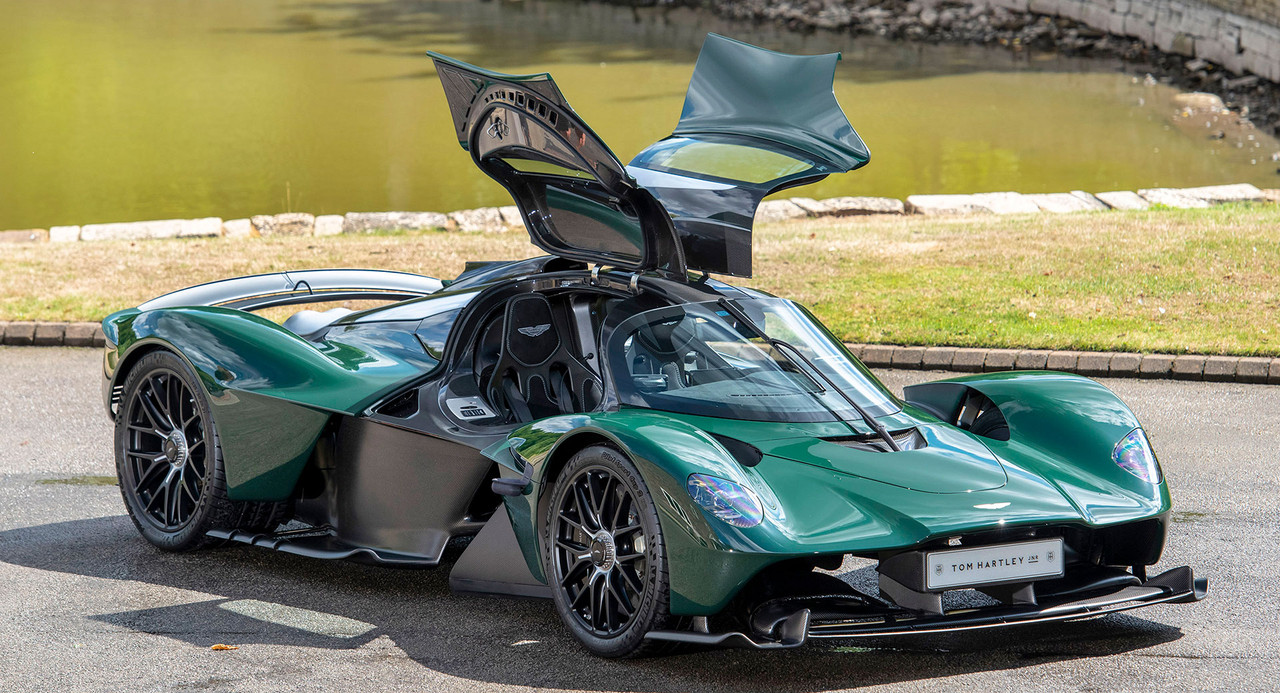
Aston Martin’s AMR25 car may not overwhelm the features, but it’s one of the most dependable entertainers of the 2025 season. The most is extracted by Fernando Alonso from this stable and well-balanced package.
- Chassis: Lightweight with forceful floor design
- Power Unit: Mercedes-supplied control unit with half breed efficiency
- Strengths: Productive vitality recuperation frameworks, reliable tire wear
- Weaknesses: Slower increasing speed out of corners
Engineering Center: Aston Martin’s specialized updates center intensely on ERS (Vitality Recuperation Frameworks) sending and drag reduction.
6. Snowcapped: Seeking Speed and Character
Alpine’s A525 has potential, but the group proceeds to battle with streamlined wasteful aspects and motor mapping issues. The car has minutes of brilliance, particularly in qualifying, but race pace remains inconsistent.
- Chassis: High-rake plan optimized for fast course changes
- Power Unit: Renault E-Tech RE25 half breed engine
- Strengths: Dexterous in twisty circuits, solid one-lap pace
- Weaknesses: Needs top-end speed and tire longevity
Development Center: Elevated needs critical updates in control unit unwavering quality and race procedure execution.
7. Williams – Incremental Advance and Strong Foundations
Williams may still be a midfield group, but the FW47 has appeared quantifiable picks up. Alex Albon has driven the group to a few Q3 appearances, illustrating the car's straight-line speed.
- Chassis: Basic however compelling plan emphasizing weight distribution
- Power Unit: Mercedes
- Strengths: DRS-assisted best speed, made strides rear-end grip
- Weaknesses: Conflicting streamlined balance
Long-Term Vision: Williams is centering on economic advancement and made strides in wind burrow correlation.
8. Stake Formula One (Sauber): Moving Toward Audi Power
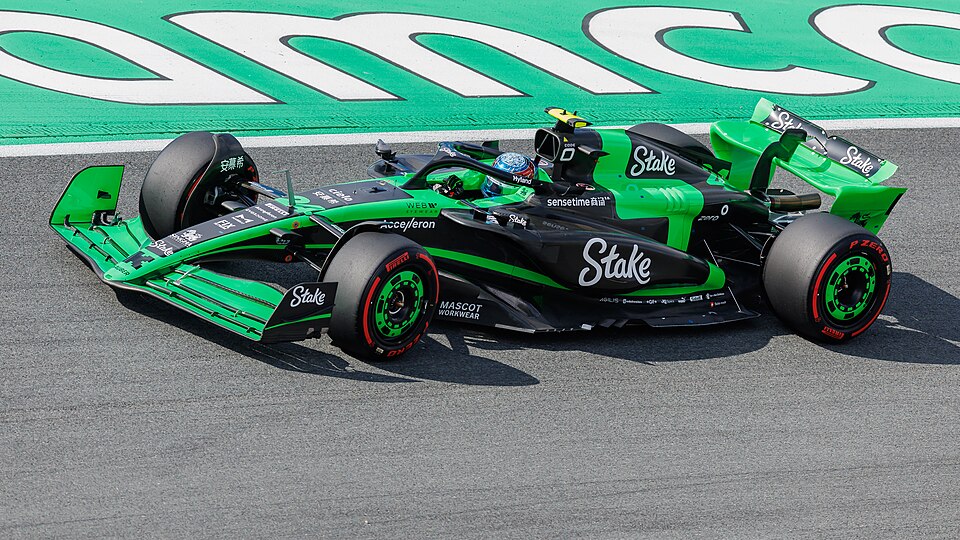
The Stake F1 group (once in the past Alfa Romeo) is in a transitional stage, planning for its future beneath Audi’s administration. The current car, C45, is humble in plan but dependable in execution.
- Chassis: Compact and lightweight
- Power Unit: Ferrari
- Strengths: Moo weight, great mechanical reliability
- Weaknesses: Needs advancement in aero and vitality systems
Looking Ahead: The group is prioritizing information procurement and recreation devices in expectation of Audi’s 2026 debut.
9. Haas – Still Engaging Limitations
Haas proceeds to battle at the back of the lattice. In spite of utilizing Ferrari components, the VF-25 has restricted aero improvement and battles with race pace.
- Chassis: Fundamental secluded structure
- Power Unit: Ferrari
- Strengths: Cost-effective overhauls, better than average qualifying speed
- Weaknesses: Destitute tire administration and vitality deployment
Strategic Needs: Haas must contribute in streamlined inquiry about and driver input integration to stay competitive.
10. RB (Visa Cash App RB) – The Wildcard
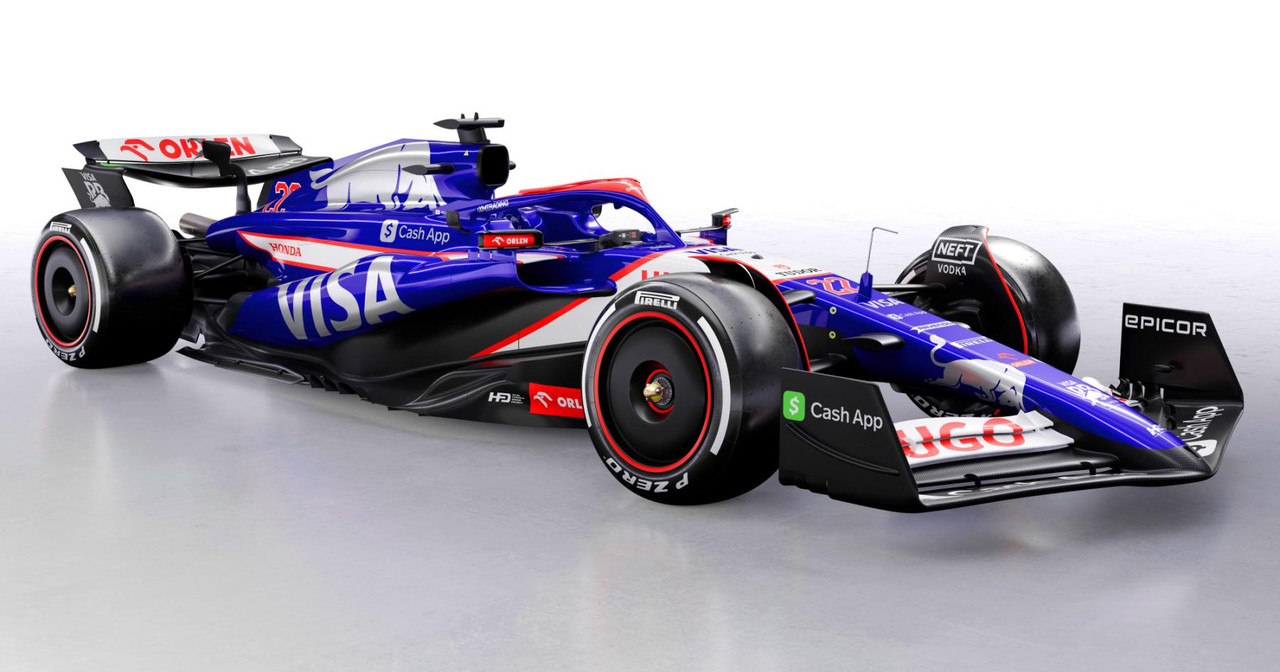
Formerly AlphaTauri, the rebranded RB group has grasped development. The VCARB-01 has illustrated potential to disturbed the midfield, particularly beneath variable climate conditions.
- Chassis: Propelled by Ruddy Bull but with one of a kind suspension tweaks
- Power Unit: Honda
- Strengths: Solid aero pattern, competent in blended conditions
- Weaknesses: Conflicting driver execution and setups
Future Potential: RB’s specialized collaboration with Ruddy Bull gives them an edge in innovation transfer.
Head-to-Head: Key Comparison Metrics
| Team | Engine Supplier | Strength | Weakness | 2025 Wins |
|---|---|---|---|---|
| Red Bull | Honda | Aero balance, tire usage | Wind sensitivity | 9 |
| Mercedes | Mercedes | Braking, power unit | Wet performance | 4 |
| Ferrari | Ferrari | Cornering, downforce | High drag | 3 |
| McLaren | Mercedes | Mid-corner grip | Slow corner understeer | 2 |
| Aston Martin | Mercedes | Reliability | Low-speed traction | 1 |
| Alpine | Renault | Qualifying pace | Engine and aero imbalance | 0 |
| Williams | Mercedes | Straight-line speed | Aero consistency | 0 |
| Stake F1 | Ferrari | Reliability | Lack of innovation | 0 |
| Haas | Ferrari | Budget efficiency | Tire wear, race pace | 0 |
| RB | Honda | Aero in rain | Inconsistent performance | 0 |
Read More:- A Look at All Formula 1 Tracks in 2024
Conclusion: Building Advancement Meets Dashing Execution
The comparison of Formula 1 cars by team in the 2025 season highlights how unobtrusive changes in plan, building logic, and driver criticism can drastically affect execution. Whereas Ruddy Bull remains overwhelming, groups like McLaren and Aston Martin are closing the hole. In the interim, Mercedes and Ferrari are advancing with strong overhauls, and indeed midfield groups are appearing signs of breakthrough potential.
As the season advances, anticipate more specialized overhauls, vital changes, and conceivably a reshuffling of the constructor standings. Remain tuned for in-depth investigation, as the race to designing flawlessness proceeds.

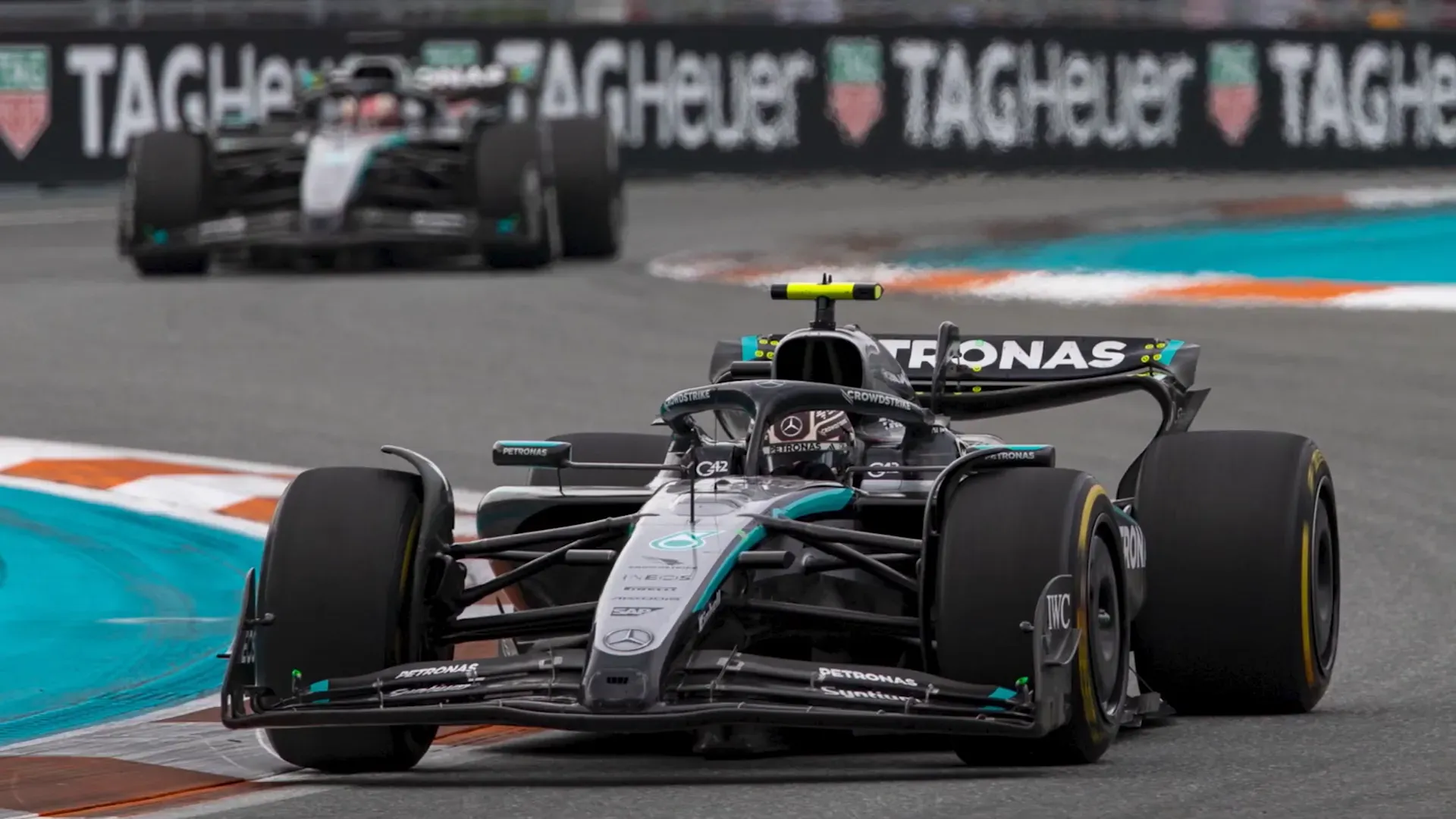

.webp)
